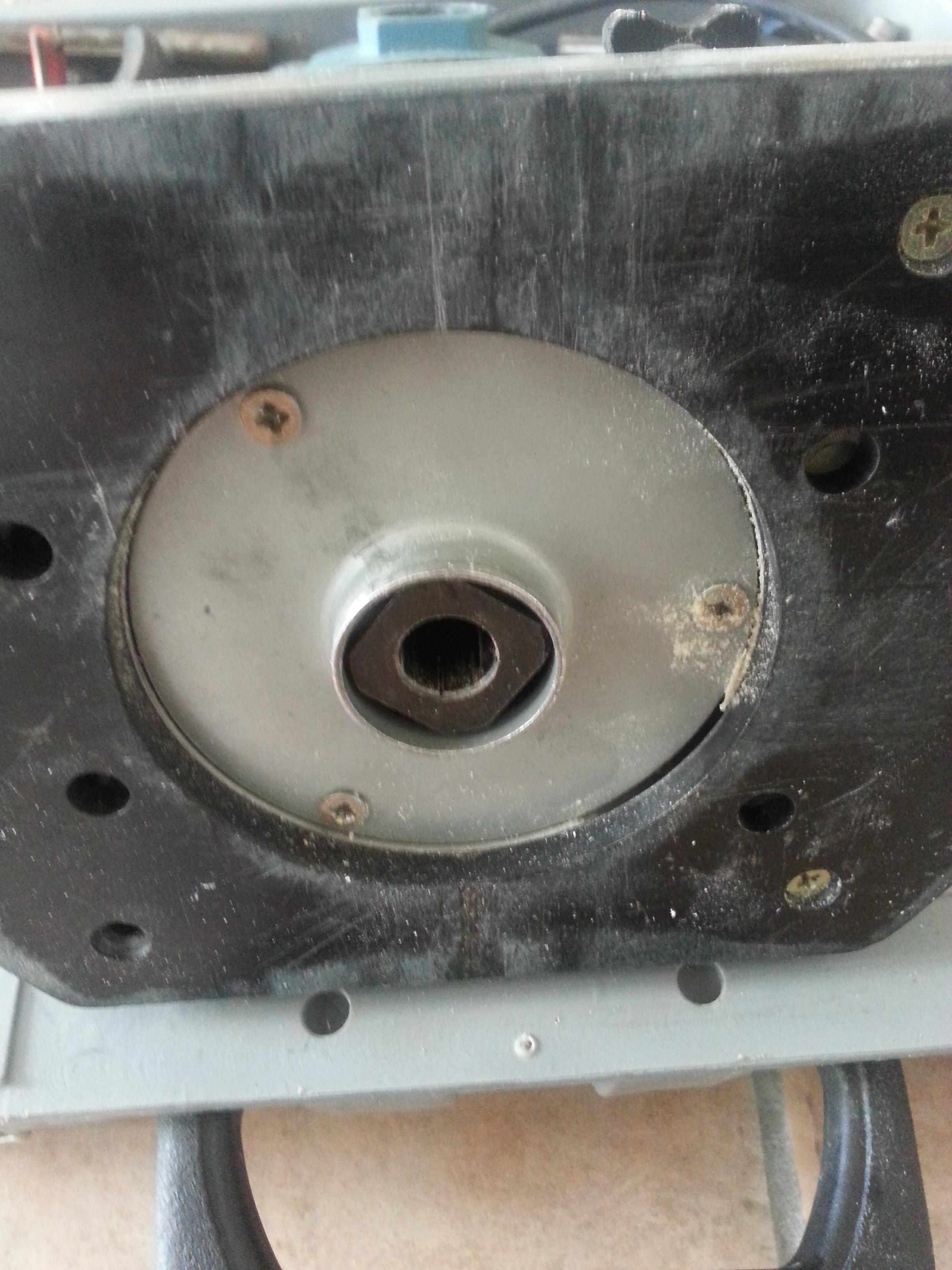To answer the bearing question, you can get 1/4" bearings (for the shank of 1/4" cutters) in a range of sizes, but don't forget that the depth of cut directly affects "goodness" of fit, as Selken said.
I've got the SIP jig, and it's pretty nasty, so I bought into the Stots system secondhand (Rutlands sold a knock-off version for a while - don't know if they still do). I think it needs Leigh-spec cutters, which is slightly irritating as they are stupidly expensive. That said (and I've yet to use it) it seems a lot simpler and more flexible in use than the Clamping-frame ones. If you haven't committed,see if Rutlands still have them (can't believe I typed that!). The original Stots seems better, but I think he's moved on to making dovetails in a better place, sadly, and I certainly can't find a supplier of the original now (would love to be corrected on this).
I think both the Stots and the Rutland ones let you make secondary, disposable templates, so if you mess up the jig, it doesn't matter much. And there's no guide bushes necessary.
[edit]It looks like Milescraft in the USA bought the IP, as it used to be available from them. Their web site seems to show out of stock, but it's not clear if that means "discontinued" or just "we've currently run out." Price looks pretty good, too (frustratingly). The reviews are as recent as 2016 though, so there may be hope. It is really good, and I think it's simple to use (or seems so).[/]





